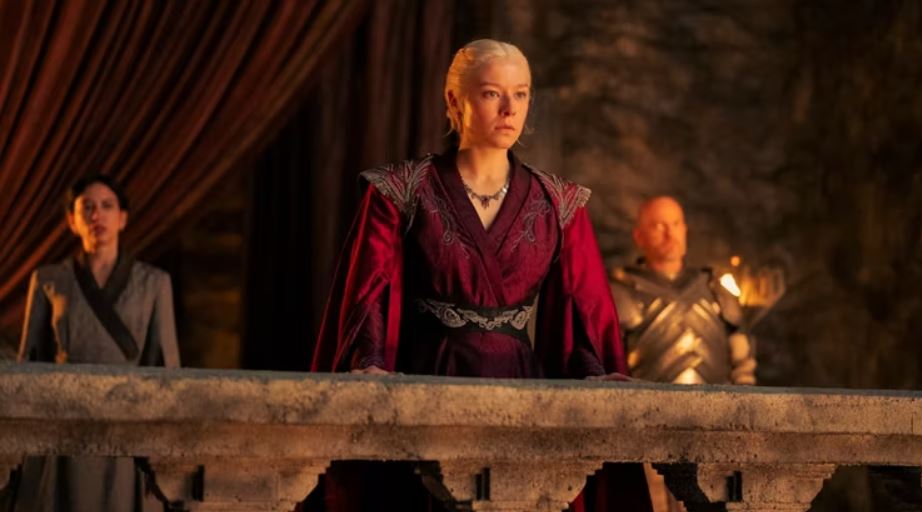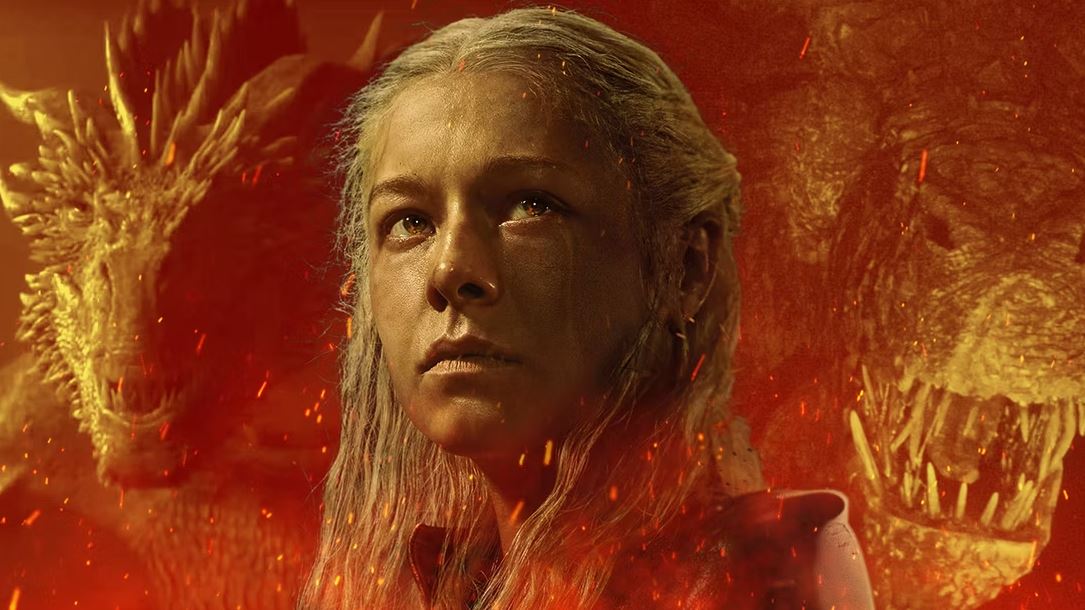King Aegon II Targaryen (Tom Glynn-Carney) might have survived the wounds he sustained during the Battle of Rook’s Rest in House of the Dragon Season 2, Episode 4, but the fate of his sweet puppy dog of a dragon, Sunfyre, has been less certain. In Episode 5, Ser Criston Cole (Fabien Frankel) ambiguously describes Sunfyre as “long in the dying.” Several episodes later, the Season 2 finale seemingly confirms that Sunfyre succumbed to his injuries; Aegon says as much to his new sort-of ally, Lord Larys Strong (Matthew Needham). Sunfyre’s death is a surprising development for Fire & Blood readers. In George R. R. Martin’s novel, the dragon plays a crucial — and horrifying — part in the Dance of the Dragons’ resolution. If Sunfyre’s death isn’t a sly misdirection on the series’ part, that leaves the recorded particulars of Aegon and Queen Rhaenyra Targaryen’s (Emma D’Arcy) final confrontation open to change — and House of the Dragon has never been afraid to alter its source material.
How Does Rhaenyra Die in ‘Fire & Blood’?
In Fire & Blood, Team Black successfully conquers King’s Landing. Yet the reign of Queen Rhaenyra doesn’t bring peace; civil unrest brews among the smallfolk during her tenure on the Iron Throne. Brokenhearted and penniless, Rhaenyra flees to Dragonstone. Her home proves to be even less of a safe haven: Ser Alfred Broome (Jamie Kenna), the same House of the Dragon knight who tries to sway Daemon Targaryen (Matt Smith) into stealing his wife’s throne, has staged a coup on Aegon’s behalf. Aegon, who escaped King’s Landing with Larys, has been hiding inside Dragonstone for some time. After one final conversation between brother and sister, Sunfyre eats Rhaenyra alive upon Aegon’s command.
Fire & Blood’s account matches with the little history tour Joffrey Baratheon (Jack Gleeson) gives Margaery Tyrell (Natalie Dormer) in Game of Thrones Season 3, Episode 4. “Rhaenyra Targaryen was murdered by her brother, or rather, his dragon,” Joffrey gloats. “It ate her while her son watched.” Unless the Aegon of House of the Dragon has the time to successfully bond with or command another dragon, Rhaenyra’s fate could be very different from what the history books (aka, Fire & Blood) attest.

What Could This Change Mean for ‘House of the Dragon’s Ending?
Since Fire & Blood was written by Maesters biased toward Team Green, perhaps they fictionalized Rhaenyra’s death into over-the-top propaganda designed to boost Aegon’s grandeur. Maybe they softened the truth to conceal something even more hideous. Or there’s the Occam’s razor option: Sunfyre survived, and Aegon assumes (or was incorrectly told) the opposite. Showrunner Ryan Condal and his fellow creatives could be withholding a “Sunfyre lives” reveal for the best moment, be that an unexpected reunion between dragon and rider, or Rhaenyra coming face-to-face with her enemy and a functioning dragon she, too, believed dead.
When directly asked about Sunfyre, Condal’s answer avoided any spoilers:
“We are not looking to do anything for shock value or to totally change the way the history was written. What I think we need to do as adapters and storytellers in television is to interpret things in new and unexpected ways that are given to you one way in the book […] that gives you a deeper understanding of why that thing was written down in the history , why it was accepted by the history.”
House of the Dragon has already fleshed out events that Fire & Blood’s writers take for granted like Daemon murdering his first wife, Rhea Royce (Rachel Redford). Historians assume Lady Royce accidentally fell from her horse and passed away days later from a head wound; in the series, Daemon strikes her skull with a rock once she’s pinned underneath her horse. In Fire & Blood, Sunfyre’s wounds never fully heal, but he stays alive and kicking long enough to conclude Rhaenyra’s tragic story — an event that’s no small undertaking to render onscreen, even for fans who suspect they know how everything ends.
